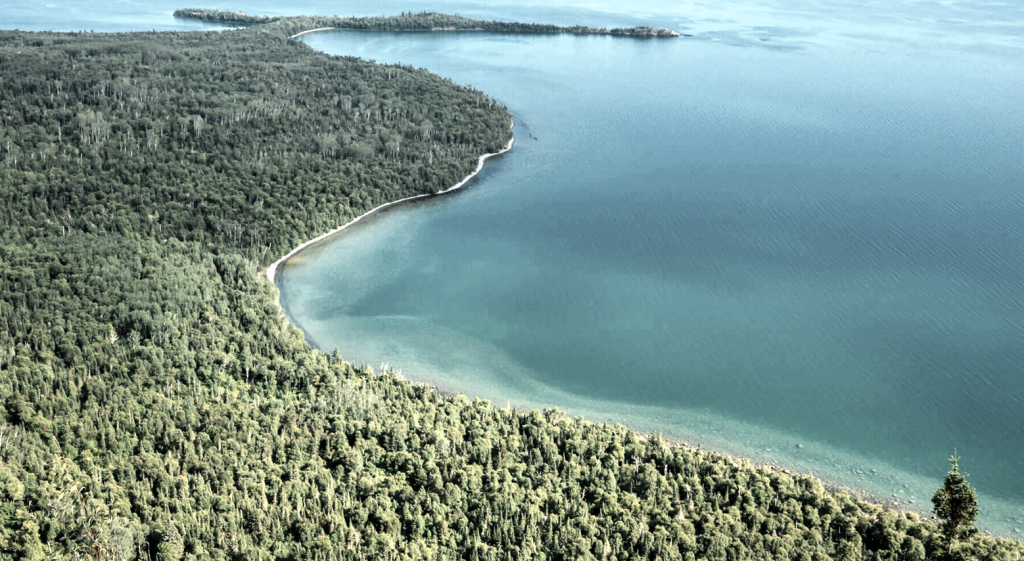Goldshore drills 2.65 g/t gold over 14.6 metres at Moss Lake, Ontario

Goldshore Resources Inc. [GSK-CSE; GSHRF-OTC] reported assay results from its continuing, 100,000-metre drill program at the 100%-owned Moss Lake project 100km west of Thunder Bay, Northwest Ontario, Canada.
Highlights include four holes drilled to evaluate the eastern extension of the Southwest Zone that have confirmed gold mineralization within anastomosing shears in altered diorite with intercepts of 39.75 metres at 1.18 g/t gold from 44.25 metres depth in MMD-22-023, including 14.60 metres at 2.65 g/t gold from 462.2 metres. Hole MMD-22-031 returned 11.65 metres at 1.05 g/t gold from 37.35 metres depth and 18.70 metres at 1.37 g/t gold from 151.1 metres. Hole MMD-22-035 returned 10.00 metres at 1.05 g/t gold from 290.0 metres.
President and CEO Brett Richards stated: “We are excited to continue to deliver consistent drilling results. I am encouraged about the high-grade sections we are seeing and have shared previously with the market, as this will provide optionality when we model the resource later in the year and start to look at economic pit shells. With this step out hole from historically drilled areas at Moss Lake, it will further increase the optionality.”
Results have been received for four holes that have tested the previously undrilled eastern extension of the Southwest Zone. They show that mineralization is continuous in several structurally-controlled zones. The Southwest Zone remains open in both the east and west directions.
These holes intersected several broad zones of low-grade mineralization within the altered diorite intrusion host. Examples include 61.85 metres at 0.84 g/t gold from 440.25 metres in MMD-22-023; 124.9 metres at 0.48 g/t gold from 95.1 metres in MMD-22-027; 64.3 metres at 0.61 g/t gold from 15.5 metres and 82.5 metres at 0.66 g/t gold from 91.95 metres in MMD-22-031; and 137.65 metres at 0.37 g/t gold from 184.75 metres in MMD-22-035 among several 10-20 metre wide zones of low-grade gold mineralization throughout all holes.
All of these low-grade zones occur as envelopes to higher-grade structures. An analysis of oriented core by structural geologist, Dr. Brett Davis, confirmed that these form a three-dimensional, anastomosing shear network that has developed in response to strain on the altered diorite intrusion. Results include the broad zones of +1 g/t gold mineralization shown in the highlights (e.g., 39.75 metres at 1.18 g/t gold from 440.25 metres in MMD-22-023) and several narrow high-grade intervals, including 0.8 metres at 33.3 g/t gold from 462.2 metres in MMD-22-023; 0.3 metres at 14.3 g/t gold from 172.3 metres in MMD-22-027; and 0.65 metres at 15.5 g/t gold from 167.35 metres in MMD-22-031.
Pete Flindell, VP Exploration for Goldshore, said, “These drill results confirm the potential of the Moss Lake Gold Project. Drilling to test potential expansions to these parallel zones of mineralization will continue into the end of the year.”
Wesdome is currently a large shareholder of Goldshore with an approximate 27% equity position in the company.
